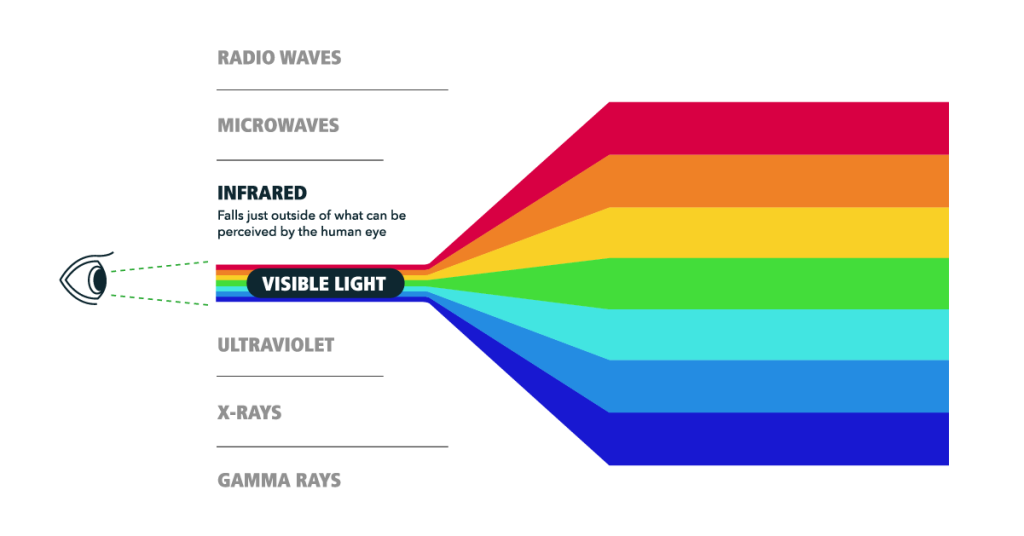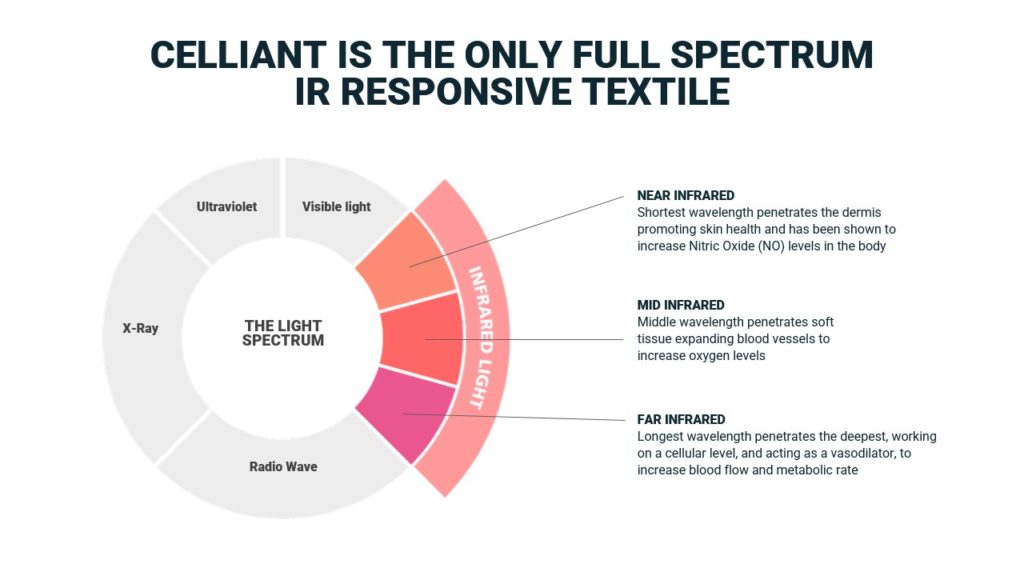
Optimizing Human Performance: CELLIANT at HOS London 2025
We’re thrilled to share that CELLIANT will be exhibiting at its very first ever Health Optimisation Summit, happening Saturday and Sunday, September 13–14, 2025, at the Business Design Centre in London.





